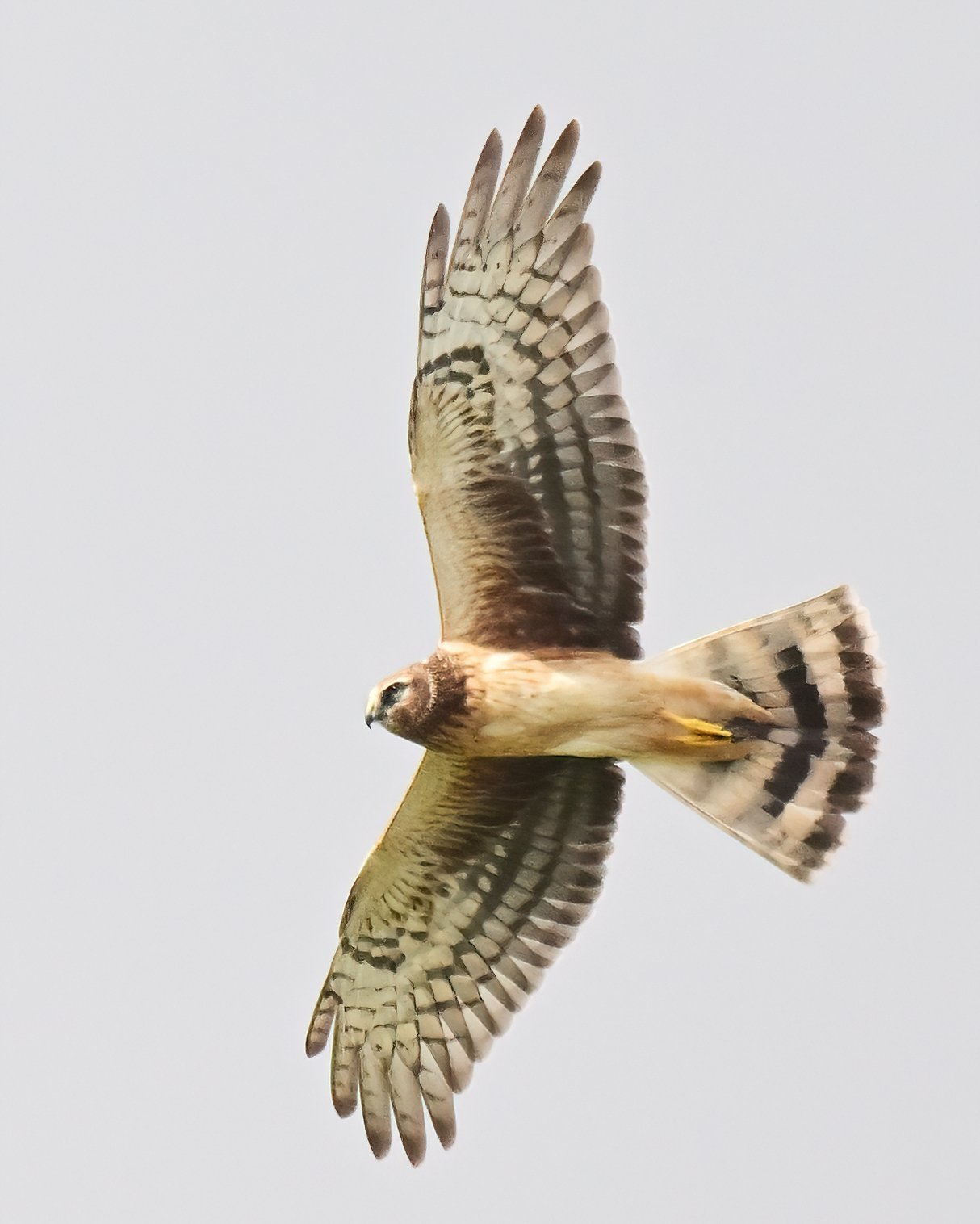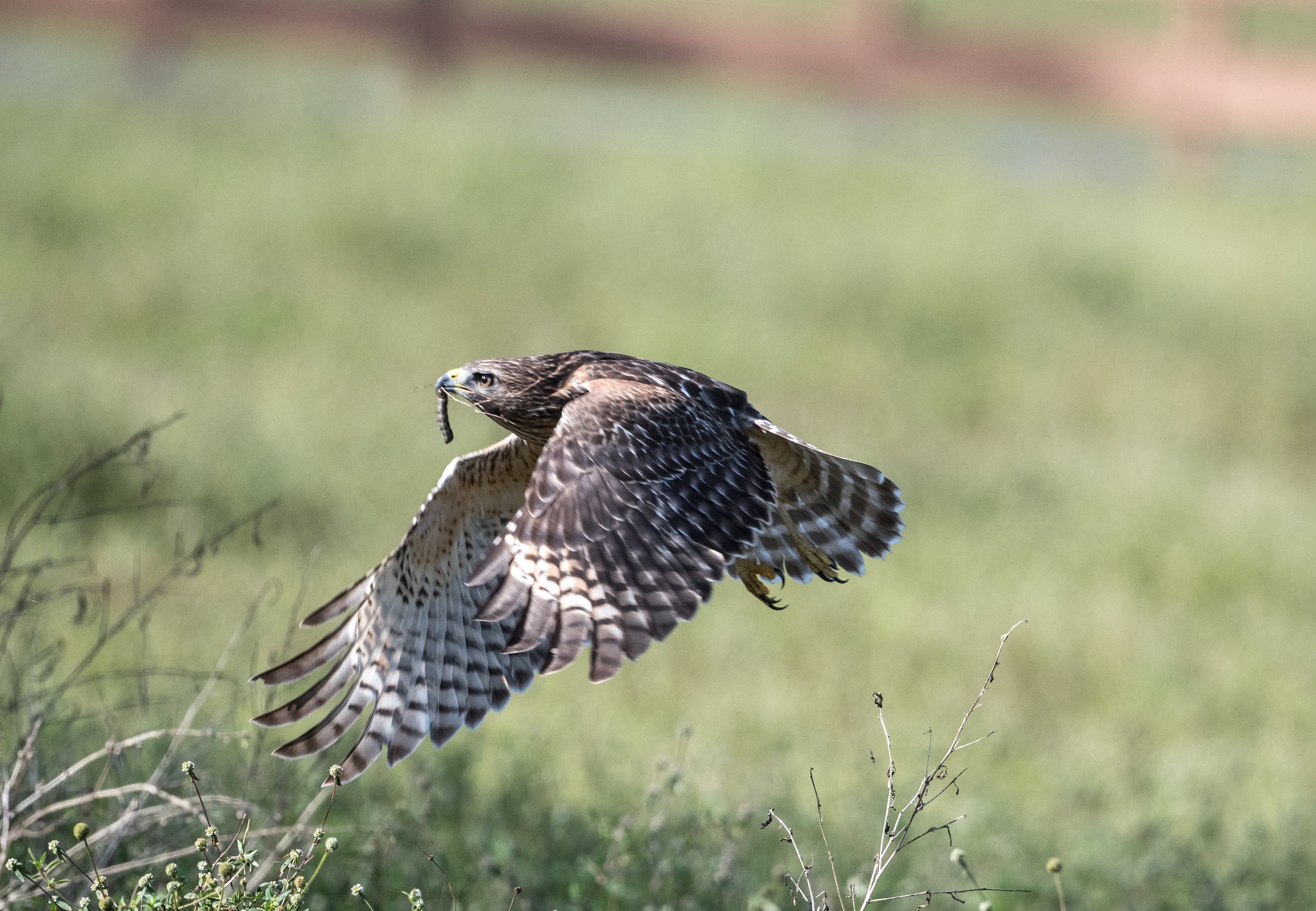 Image 1 of 1
Image 1 of 1


8x 10 photo of a Northern Harrier printed on professioanl garde metallic paper
The Northern Harrier (Circus cyaneus) is a medium-sized raptor found throughout North America, Europe, and Asia. It is known for its distinctive hunting style and unique physical characteristics, making it a fascinating bird of prey.
Physical Characteristics
Appearance: Northern Harriers have long wings and a long tail, which gives them a characteristic low-flying, gliding appearance while hunting. Males are generally smaller and have a striking gray plumage with a white rump, while females are larger and have a brownish plumage with streaks.
Facial Disc: One of the most notable features is the pronounced facial disc, which aids in sound localization, allowing the bird to better detect the movements of prey.
Habitat
Northern Harriers prefer open habitats such as marshes, grasslands, and agricultural fields. They are often seen flying low over these areas, searching for food.
Diet
Their diet primarily consists of small mammals such as rodents, but they also hunt birds and reptiles. They employ a unique hunting technique, often using their acute vision and keen hearing to locate prey hidden in vegetation.
Behavior
Hunting: Northern Harriers are known for their low and agile flight, often gliding just above the ground or vegetation. They hunt primarily during the day, using their excellent vision and hearing to detect prey.
Nesting: They build their nests on the ground, often in dense vegetation to provide cover for their young. The female typically lays 3 to 6 eggs, which she incubates while the male hunts for food.
Conservation Status
The Northern Harrier is classified as a species of least concern, although habitat loss and changes in land use can impact their populations. Conservation efforts focus on preserving their habitats and ensuring they have access to adequate food sources.
Overall, the Northern Harrier is an intriguing bird of prey, admired for its graceful flight and distinctive appearance. It plays an essential role in its ecosystem as a predator of small mammals and other creatures, contributing to the balance of its habitat.
The Northern Harrier (Circus cyaneus) is a medium-sized raptor found throughout North America, Europe, and Asia. It is known for its distinctive hunting style and unique physical characteristics, making it a fascinating bird of prey.
Physical Characteristics
Appearance: Northern Harriers have long wings and a long tail, which gives them a characteristic low-flying, gliding appearance while hunting. Males are generally smaller and have a striking gray plumage with a white rump, while females are larger and have a brownish plumage with streaks.
Facial Disc: One of the most notable features is the pronounced facial disc, which aids in sound localization, allowing the bird to better detect the movements of prey.
Habitat
Northern Harriers prefer open habitats such as marshes, grasslands, and agricultural fields. They are often seen flying low over these areas, searching for food.
Diet
Their diet primarily consists of small mammals such as rodents, but they also hunt birds and reptiles. They employ a unique hunting technique, often using their acute vision and keen hearing to locate prey hidden in vegetation.
Behavior
Hunting: Northern Harriers are known for their low and agile flight, often gliding just above the ground or vegetation. They hunt primarily during the day, using their excellent vision and hearing to detect prey.
Nesting: They build their nests on the ground, often in dense vegetation to provide cover for their young. The female typically lays 3 to 6 eggs, which she incubates while the male hunts for food.
Conservation Status
The Northern Harrier is classified as a species of least concern, although habitat loss and changes in land use can impact their populations. Conservation efforts focus on preserving their habitats and ensuring they have access to adequate food sources.
Overall, the Northern Harrier is an intriguing bird of prey, admired for its graceful flight and distinctive appearance. It plays an essential role in its ecosystem as a predator of small mammals and other creatures, contributing to the balance of its habitat.









